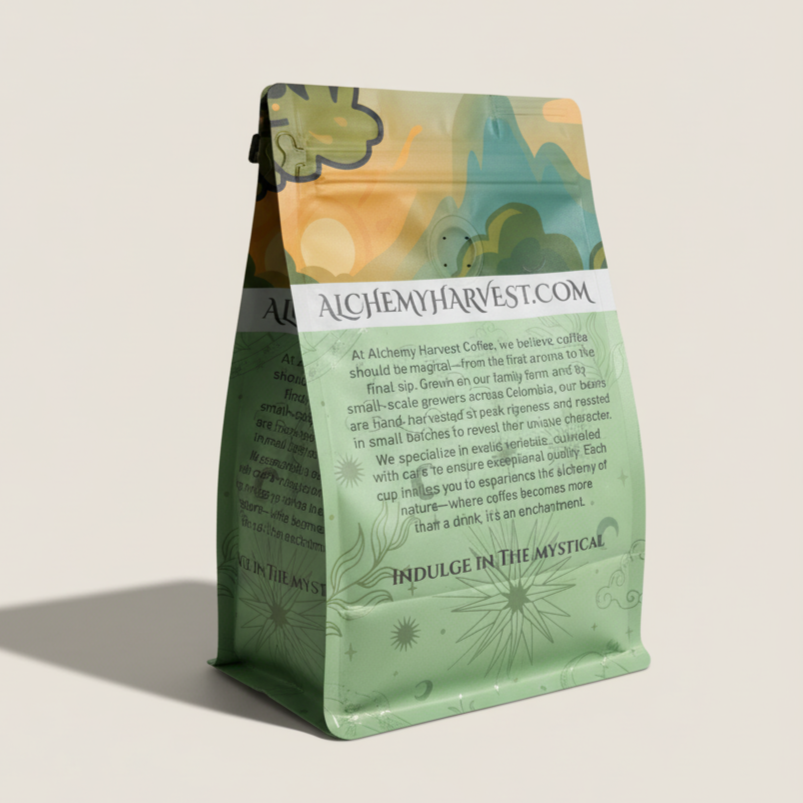Boldness from the Cherry
The natural, or dry, process is the oldest method of preparing coffee—and one of the most expressive. It’s known for producing bold, fruit-forward profiles with heavier body and complex aromatics. This method allows the coffee bean to dry inside the whole cherry, absorbing sugars and flavors from the fruit throughout the process.
Here’s how it works:
1. Harvesting
Only the ripest cherries are selected for natural processing, as any defects or underripe fruit can significantly affect the final flavor. Quality sorting at this stage is critical.
2. Drying
The whole cherries are spread out to dry—typically on raised beds or patios—under the sun. This step can take several weeks and requires constant attention. Cherries must be regularly turned to ensure even drying and prevent mold or over-fermentation.
3. Hulling
Once fully dried, the outer layers (skin, pulp, and parchment) are mechanically removed to reveal the green coffee bean inside.
Because the bean remains in contact with the fruit for an extended period, natural-processed coffees often exhibit intense sweetness, jammy or tropical fruit notes, and a fuller mouthfeel. They can be wild and unpredictable, but when carefully managed, they offer a vibrant and memorable cup.
Natural processing demands patience and precision—but the reward is a coffee that’s rich, expressive, and deeply rooted in its origin.





























